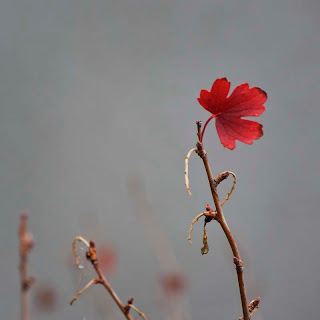 Week 20
Week 20This is the Morleyville Mission, built in 1875 on the Bow River in the foothills of the Canadian Rockies. At the time, plains indians were still hunting the buffalo and the first large cattle ranch wouldn't be established at Cochran near Calgary until 1881. The church was built by the Rev. George McDougall to serve the the native people and fur traders of the area. A town sprung up and at one time it was the largest in Southern Alberta. Today nothing remains but the mission.
Like a lot of people, old empty buildings attract me. This old church has seen sermons, celebrations, weddings, and funerals. It had deteriorated but was restored some time back and services are now held there twice a year. You can also rent it for a wedding other other gatherings.
The photograph was taken with a Nikon D3 and Nikkor 24-70mm 1:2.8G ED N lens. The sun is low this time of year and behind my left shoulder. The clouds were playing peekaboo with the light and I took this shot just as it played across the church and the hills.
The camera is in aperture priority mode at f/11 to give sufficient depth of field. ISO is 200, standard for the D3, which gave 1/400 second exposure per the cameras meter. It just so happens to match the sunny 16 rule too. Focal length is 48mm.
In Photoshop I cropped square and applied a bit of contrast and light sharpening - that was it.
Idea based on Vacant Possession, pages 152-155 in the book 50 Photo Projects, by Lee Frost



